Roppongi, located in the Minato district of Tokyo, has always been synonymous with nightlife and entertainment. With its exciting, high-energy clubs, and swanky bars, Roppongi has become a magnet for both locals and international travellers. But there’s more to Roppongi than just its party scene! Over the years, Roppongi has transformed into a cultural melting pot, bursting with art, shopping and delicious cuisine.
The Mori Art Museum and National Art Center are both located in Roppongi and feature fascinating exhibitions from both local and international artists. Foodies will also find much to love about Roppongi. The district is wonderful for food, with over 900 restaurants and eateries, including many Michelin-starred establishments. And for those who crave a bit of greenery, Roppongi Hills is a fantastic urban oasis with beautiful gardens, and yearly outdoors events.
In this comprehensive guide, I’ll delve into everything you need to know about Roppongi, so you can make the most of your visit to this fascinating Tokyo neighbourhood.
How to get to Roppongi
There are several ways to get to Roppongi, depending on your starting point. Here are a few options:
- By subway: Roppongi is served by two subway stations, Roppongi Station on the Tokyo Metro Hibiya Line, and Roppongi-itchome Station on the Tokyo Metro Namboku Line and Toei Oedo Line. You can take these lines from other parts of Tokyo, such as Shinjuku Station, Shibuya Station, or Tokyo Station. Don’t forget to familiarise yourself with the Tokyo subway map.
- By taxi: Taxis are readily available throughout Tokyo, but they can be expensive, especially during peak hours or at night.
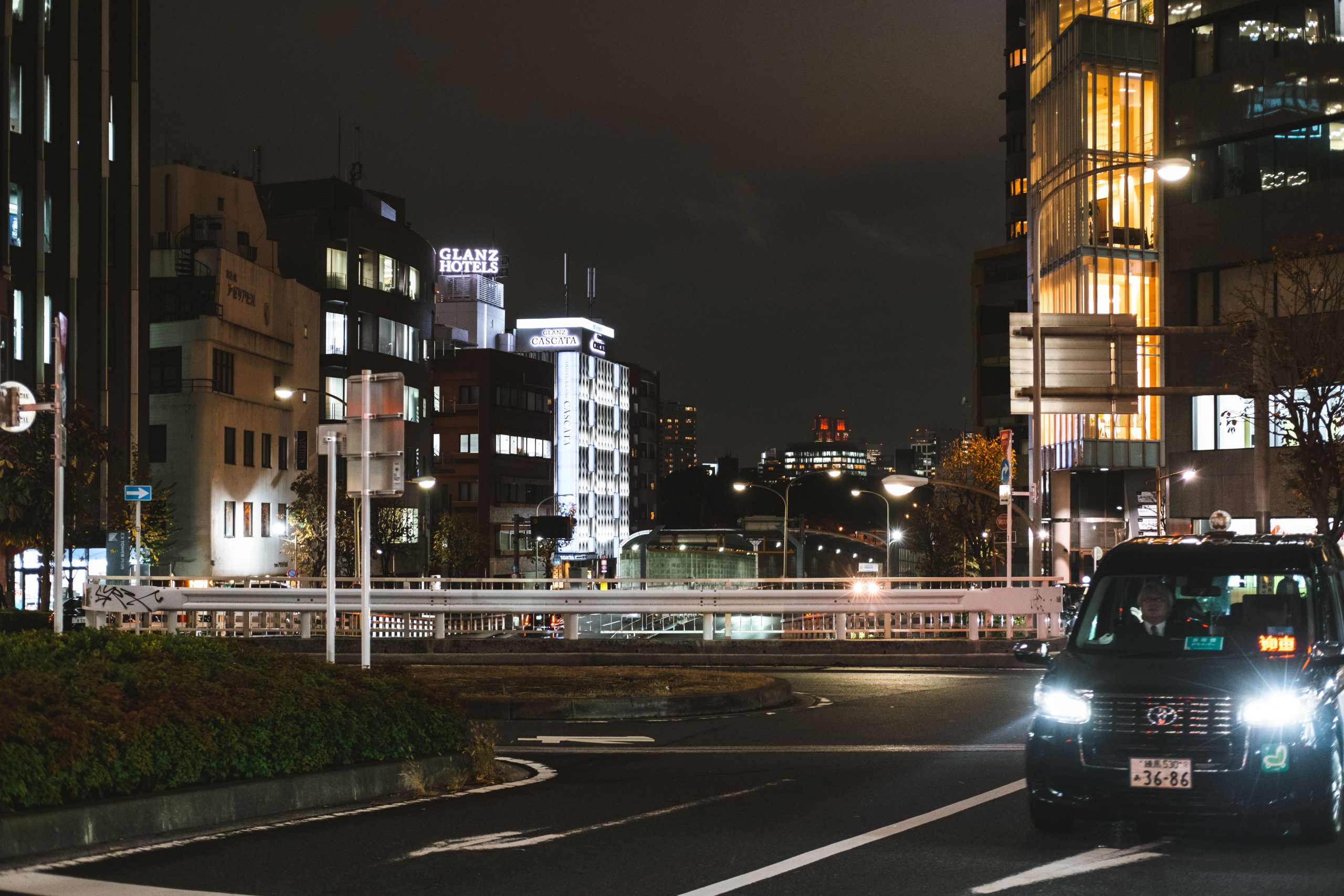
About Roppongi
Roppongi is a district located in the Minato ward of Tokyo, Japan. In Japanese, “Roppongi” literally means “six trees”. The district’s name originated from the six zelkova trees that used to mark the area in the past. Sadly, these trees were cleared and destroyed during World War II, but the name lives on.
Roppongi’s history dates back to the Edo period, when it served as a route for travellers and was home to the cremation site of Shōgun Tokugawa Hidetada’s wife. It wasn’t until after the Meiji Restoration in the late 1800s that Roppongi began to see more significant development.
During the early 1900s, Roppongi became a popular nightlife area for Japanese soldiers. The area was flattened by the Great Kanto earthquake in 1923 and was further destroyed during World War II by aerial bombing raids. After the war, the district was occupied by the United States Army and Allied government officials, leading to an influx of non-Japanese residents.
Starting in the late 1960s, Roppongi began to attract both Japanese and foreign residents due to its booming disco scene. The district was also home to several foreign embassies, further contributing to its international appeal.
In the 2000s, Roppongi saw a significant economic boost with the completion of the Izumi Garden Tower, Roppongi Hills, Tokyo Midtown and the first Tokyo Ritz-Carlton Hotel. The closure of the iconic Gas Panic nightclub also marked a turning point in Roppongi’s transformation from a seedy entertainment district to a more upscale commercial and residential area, as detailed in Roman Adrian Cybriwsky’s academic book ‘Roppongi Crossing: The Demise of a Tokyo Nightclub District and the Reshaping of a Global City‘ which explores the history and redevelopment of Roppongi.
Today, Roppongi is a popular tourist destination known for its art scene, luxury shopping, and high-end dining options. It remains a lively hub for both Japanese and foreign residents, as well as visitors to Japan.
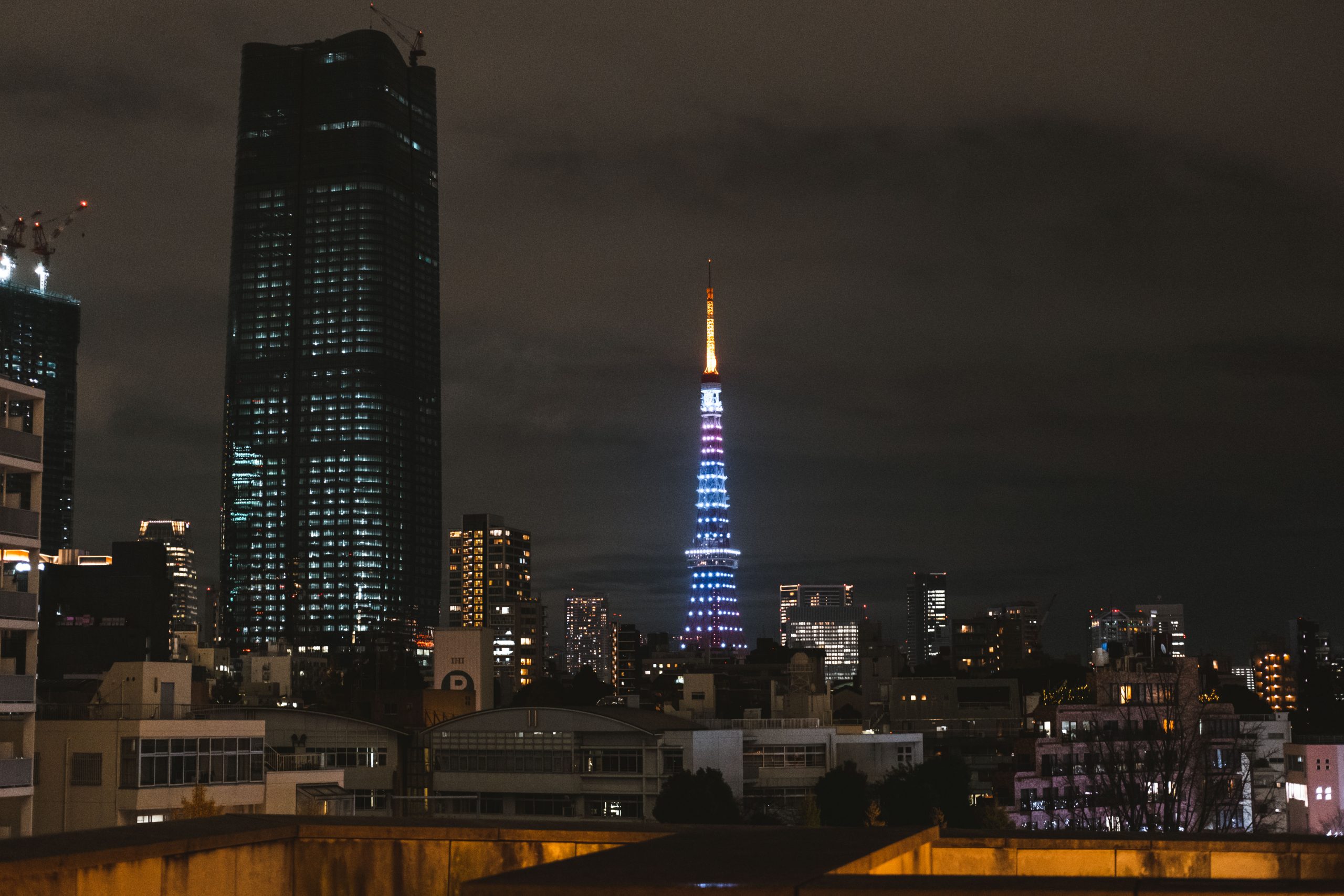
Roppongi Hills
Roppongi Hills (六本木ヒルズ, Roppongi Hiruzu) is an impressive mixed-use development in the Roppongi district. The project was completed in 2003 and was designed by the architect Minoru Mori. One of the main reasons I recommend visiting Roppongi Hills is for the Mori Art Museum and the outdoor observation deck on top of the Mori building.
Here’s everything you need to know about Roppongi Hills:
- Mori Tower – The centrepiece of Roppongi Hills is the 54-story Mori Tower. It’s primarily an office building, housing major companies such as TV Asahi and Goldman Sachs. The top six floors are home to the Mori Art Museum, which is one of the best museums in Japan, and the Tokyo City View observation deck, offering stunning panoramic views of the city. It’s one of the best places to see Tokyo from above.
- Shopping and Dining – Roppongi Hills is home to a large list of impressive restaurants serving Japanese, Chinese, Italian, French, and Western cuisines. Some restaurants have private rooms available for hire. For shopping, you can find both high-end boutiques and more affordable stores.
- Roppongi Hills Residences – The complex includes four residential towers with luxurious living spaces. These residences are highly sought-after and provide residents with access to exclusive amenities and services. Living in Roppongi Hills is very expensive.
- Entertainment – Roppongi Hills is home to TOHO Cinemas Roppongi Hills, a multiplex cinema with state-of-the-art facilities, including the massive Toho IMAX screen.
- Green Spaces – The Mohri Garden is a 4,300 square meter garden in Roppongi Hills with a big pond at its centre. The pond is home to a special type of Japanese killifish called the “Space Medaka” which are descendants of fish born in space during the Space Shuttle Columbia’s flight in 1994. Approximately 10,000 Space Medakas were released into the pond in 2003 by astronaut Dr. Mamoru Mohri. The garden features various trees and plants that change with the seasons, including camphor trees, cherry trees, azalea flowers, and iris japonica flowers.
- Art and Culture – Apart from the Mori Art Museum, Roppongi Hills is home to the iconic “Maman” spider sculpture by Louise Bourgeois. Nearby, you can see the Tokyo Tower, which looks especially lovely when it’s illuminated at night.
- Accommodation – The Grand Hyatt Tokyo is directly connected to Roppongi Hills. The Grand Hyatt is a luxury hotel in Roppongi and great for a special occasion.
- Events – Roppongi Hills hosts a variety of events throughout the year, such as the Roppongi Hills Bon Odori Festival, and the Roppongi Hills Christmas Illumination, which lights up the area during the holiday season. Check the official Roppongi Hills website for the full line-up of upcoming events.
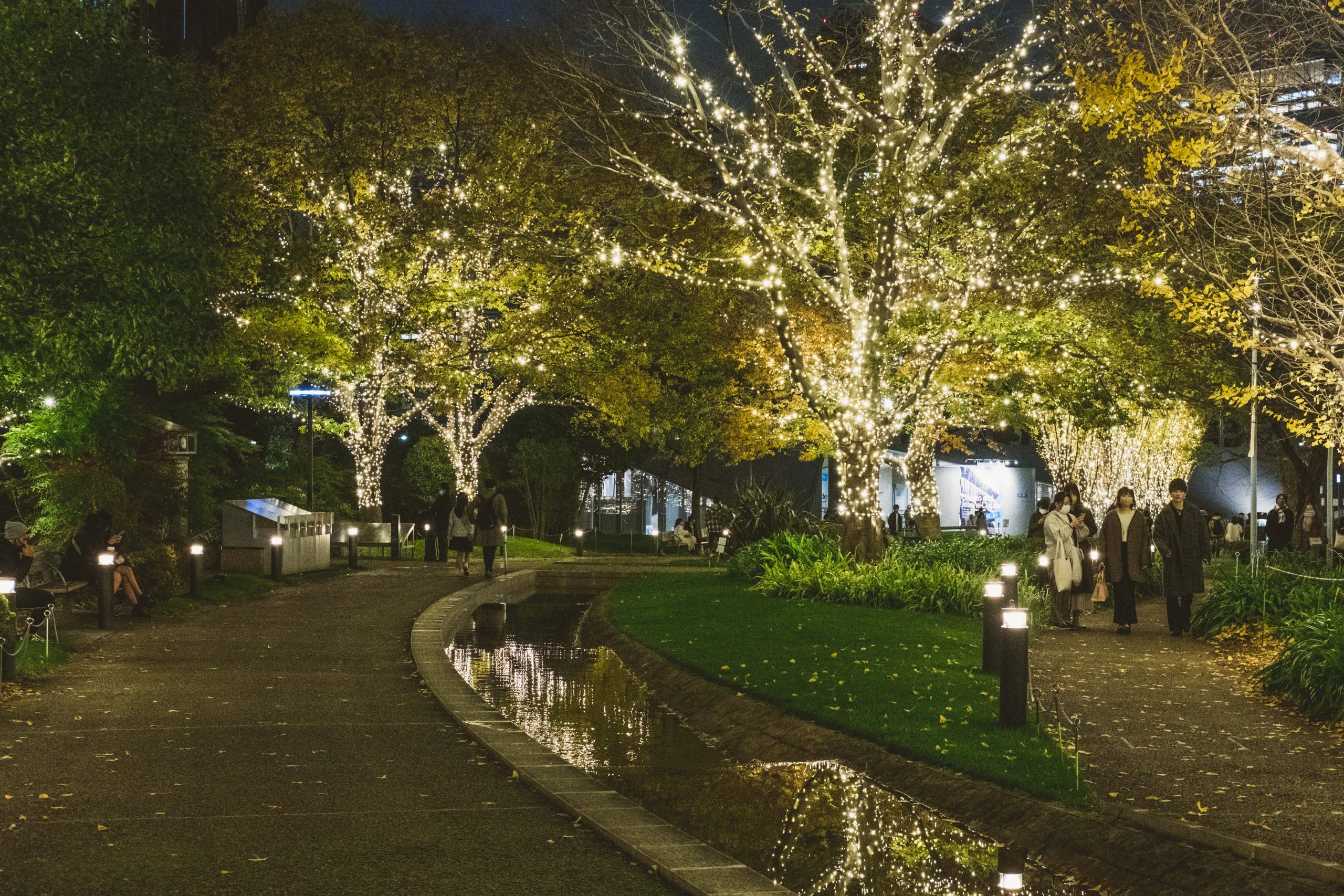
Tokyo Midtown
Tokyo Midtown is a mixed-use development completed in 2007. Much like the Roppongi Hills, the Tokyo Midtown is also a mix of offices, luxury residences, shopping and dinning. One of the things I love about Tokyo Midtown is how it seamlessly integrates art, design, and nature into its architectural concept.
- Midtown Tower – Standing at 248 meters, Midtown Tower is the tallest building in Tokyo Midtown. It houses offices, luxury residences, and it houses the Ritz-Carlton hotel. If you’re looking for a stunning view of Tokyo, head to the 45th floor, where you’ll find an observation area that’s free to the public.
- Art and Culture – As an art lover, I can’t help but mention the Suntory Museum of Art which has a remarkable collection of Japanese art and also hosts various rotating exhibitions. Don’t miss the 21_21 DESIGN SIGHT, an innovative design museum with contemporary art, designed by renowned architect Tadao Ando in partnership with designer Issey Miyake.
- Tokyo Midtown Garden – A beautiful 10,000 square meter garden and 40% of it covered with vast green open spaces. It’s a beautiful place to see cherry trees and camphor trees. Grab a picnic blanket and a bento box and relax for lunch here.
- Shopping and Dining – Tokyo Midtown is a paradise for shoppers and foodies alike. With over 130 shops, you’ll find everything from luxury brands like Louis Vuitton and Dior to unique Japanese stores such as MUJI and Aoyama Flower Market. When it comes to dining, the choices are just as diverse. One of my personal favourites is the Tokyo Midtown Depachika, Precce Premium, a supermarket located in the basement.
- Seasonal Events – Tokyo Midtown hosts various events throughout the year, including the Midtown Christmas illumination, Midtown Blossom during the cherry blossom season, and the Midtown Ice Rink in winter. Be sure to check their event calendar to see what’s happening during your visit!
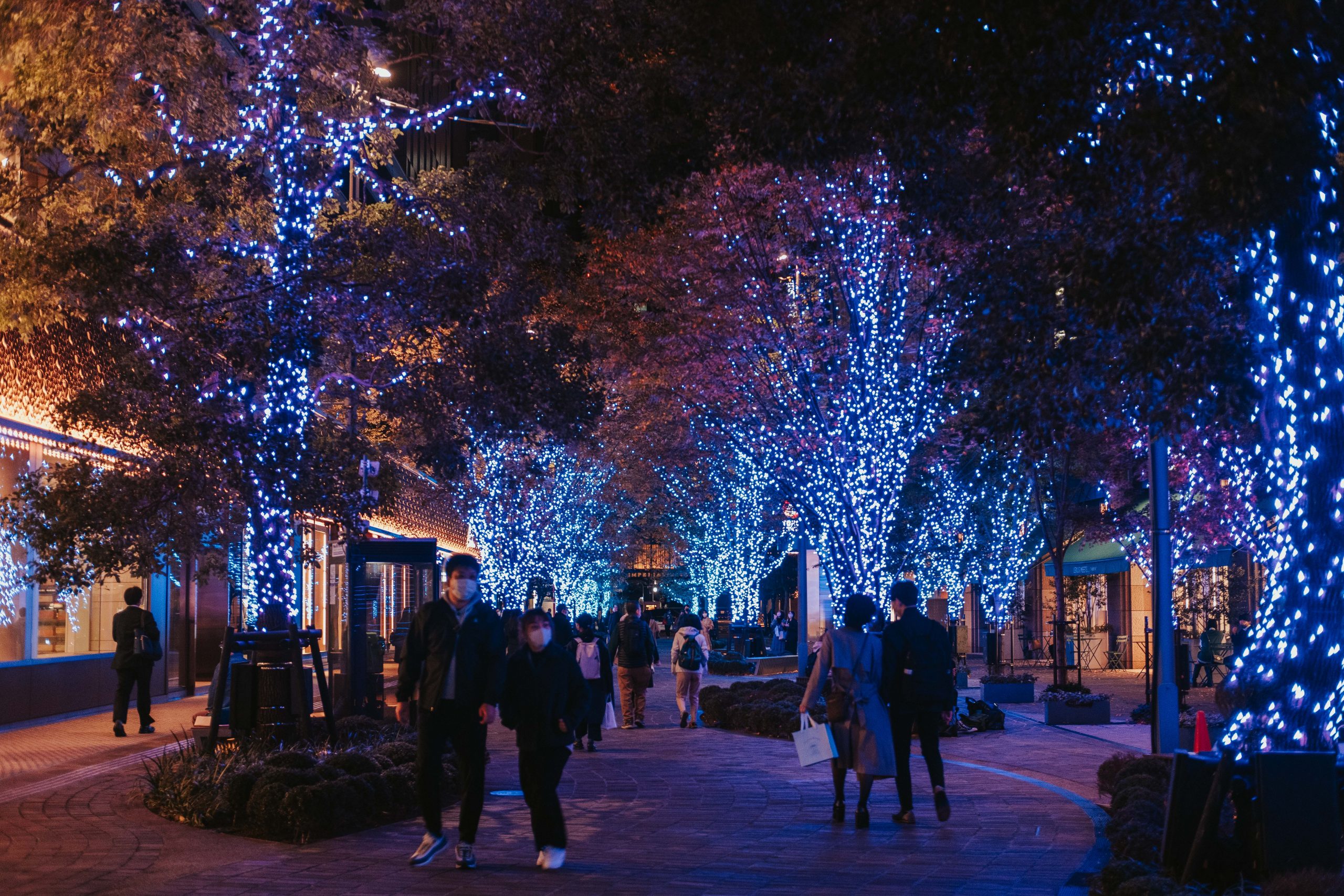
Roppongi Restaurants
When it comes to restaurants in Roppongi, there are many, many places to pick from. We’re talking close to 1000 restaurants. You can enjoy fine dinning and Michelin star restaurants, incredible private rooms in stunning restaurants, but also more casual and affordable bites.
As of 2023, these are all the Michelin star restaurants in Roppongi:
- Ryuzu – Two MICHELIN Stars
B1F, 4-2-35 Roppongi, Minato-ku, Tokyo, 106-0032, Japan - Édition Koji Shimomura – Two MICHELIN Stars
1F, Roppongi T-Cube, 3-1-1 Roppongi, Minato-ku, Tokyo, 106-0032, Japan - Sukiyabashi Jiro Roppongiten – Two MICHELIN Stars
3F, Roppongi Hills Residence B, 6-12-2 Roppongi, Minato-ku, Tokyo, 106-0032, Japan - le sputnik – One MICHELIN Star
7-9-9 Roppongi, Minato-ku, Tokyo, 106-0032, Japan - L’ATELIER de Joël Robuchon – One MICHELIN Star
2F, Roppongi Hills Hillside, 6-10-1 Roppongi, Minato-ku, Tokyo, 106-0032, Japan - IRUCA TOKYO – Bib Gourmand
4-12-12 Roppongi, Minato-ku, Tokyo, 106-0032, Japan – Bib Gourmand
3F, Roppongi Hills Residence C, 6-12-3 Roppongi, Minato-ku, Tokyo, 106-0032, Japan - PST Roppongiten – Bib Gourmand
7-6-2 Roppongi, Minato-ku, Tokyo, 106-0032, Japan - La Brianza – Bib Gourmand
3F, Roppongi Hills Residence C, 6-12-3 Roppongi, Minato-ku, Tokyo, 106-0032, Japan
I have curated other restaurants in Roppongi which do not have a Michelin star, but I think you should try:
- Burger Revolution Tokyo Wine & Bar Roppongi
5-9-22, Roppongi, Minato 106-0032 Tokyo Prefecture - Atelier Morimoto Xex
7-21-19 1 Field I.K.N. Roppongi Bldg., Roppongi, Minato 106-0032 Tokyo Prefecture - Mon Cher Ton Ton Roppongi
3-12-2, Roppongi, Minato 106-0032 Tokyo Prefecture - RRR Kobe Beef Steak
3-15-22 Yoko Central Bldg.10F, Roppongi, Minato 106-0032 Tokyo Prefecture - Keyakizaka
6-10-3 Grand Hyatt Tokyo 4F, Roppongi, Minato 106-0032 Tokyo Prefecture - Azure 45
Midtown Tower 45F - Hinokizaka
Midtown Tower 45F - MARUYA-HONTEN
Galleria Garden Terrace 3F - AFURI
Metro Hat/Hollywood Plaza B2F - Unagidokoro Kurocyodo
West Walk 5F - Kasumi-cho soba masudaya
Metro Hat/Hollywood Plaza B2F - Ginza-KAGARI
Metro Hat/Hollywood Plaza B2F - kushinobo
West Walk 5F - Jean-Georges Tokyo
Roppongi Keyakizaka-dori 1F
Roppongi Museums
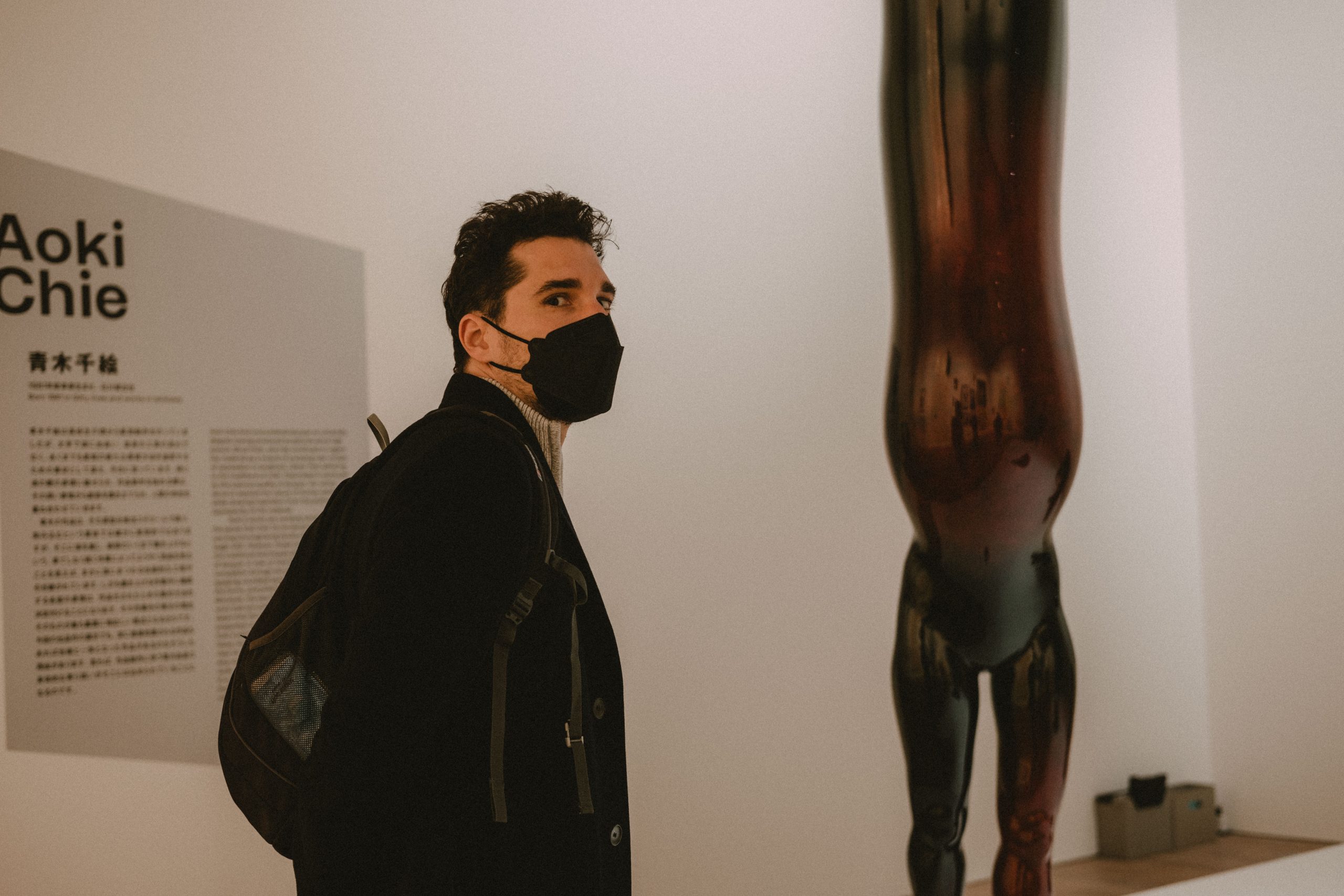
Many come to the area primarily for the art triangle Roppongi which has 3 of Tokyo’s cutting-edge art museums: the Mori Art Museum, the Suntory Museum of Art, and the National Art Center. All three museums are within a walking distance from each other and I definitely recommend adding to your Tokyo itinerary.
- Mori Art Museum – This is one of my favourite museums in Tokyo and one I always recommend to art lovers who visit Tokyo for the first time. You’ll often find thought-provoking exhibitions and installations by renowned artists.
- Suntory Museum of Art – A museum ideal for Japanese art lovers. The Suntory Museum of Art has a remarkable collection of Japanese art, including paintings, ceramics, and textiles.
- 21_21 DESIGN SIGHT – A contemporary museum created by architect Tadao Ando and Japanese fashion designer Issey Miyake.
- The National Art Center – Just a short walk from Roppongi, this striking museum has one of the largest exhibition spaces in Japan. While it doesn’t have a permanent collection, it hosts various temporary exhibitions so you will always see something new here.
- Fujifilm Square – A treat for photography enthusiasts, Fujifilm Square houses a gallery that showcases both historical and contemporary photography. They also have a camera museum displaying Fujifilm’s history and a shop where you can try out the latest gear.
Shopping in Roppongi
Roppongi is a shopper’s paradise, with many high-end luxury brands but also unique local boutiques. In Roppongi Hills, you’ll find a vast selection of high-end stores, including international brands like Gucci and Chanel, as well as popular Japanese brands like Issey Miyake and Yohji Yamamoto.
Tokyo Midtown, another shopping haven, houses an impressive collection of stores, featuring luxury labels, lifestyle shops, and Japanese brands.
For Japanese souvenirs, don’t miss a trip to Don Quijote Roppongi, where you’ll find so many good at affordable prices. It’s the perfect place to find plushies, cute stuff and even pre-packed snacks and Japanese desserts.
Roppongi nightlife
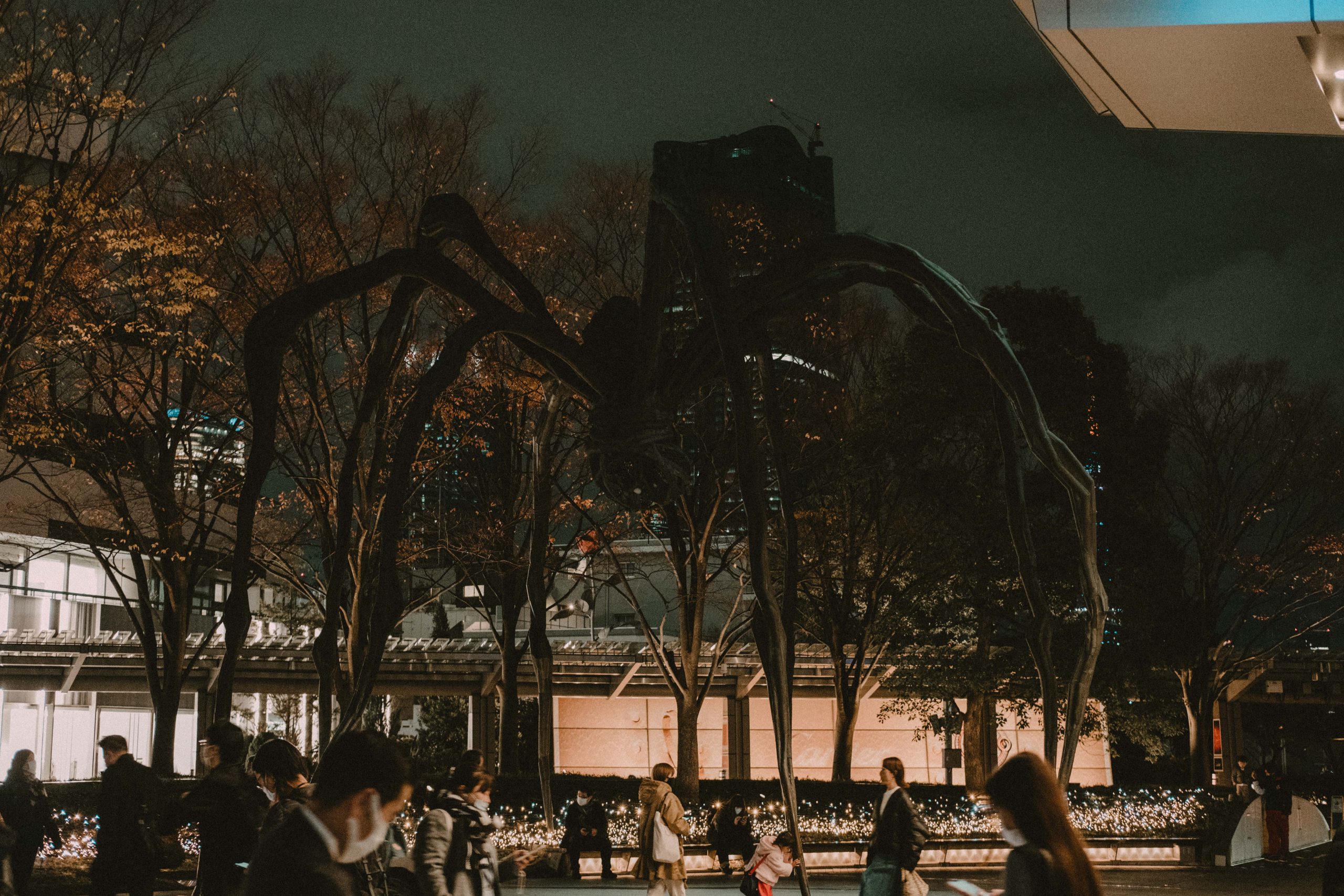
Roppongi does have a reputation as being quite nightlife focused after dark. While some bars are super classy with expensive cocktails and stunning views over Tokyo from above, other establishments are seen as seedy as Roppongi is home to hostess bars, cabarets, strip clubs and nightclubs.
Roppongi was once known for its super foreign friendly Gas Panic nightclub, which eventually closed down because of too many rowdy incidents. And while Roppongi generally reinvented itself as a more affluent neighbourhood for daytime shopping in central Tokyo, it continues to have some shady streets and establishments.
My advice is to not follow any street touts to bars and clubs in the area if you don’t know anything about them. There are several foreign-friendly bars and clubs in Roppongi that are safe, but don’t expect much Japanese clientele here. Try Geronimo Shot Bar, Two Dogs Taproom or Mogambo. For even cooler nightlife, head to Shibuya or Shinjuku.
Special events in Roppongi
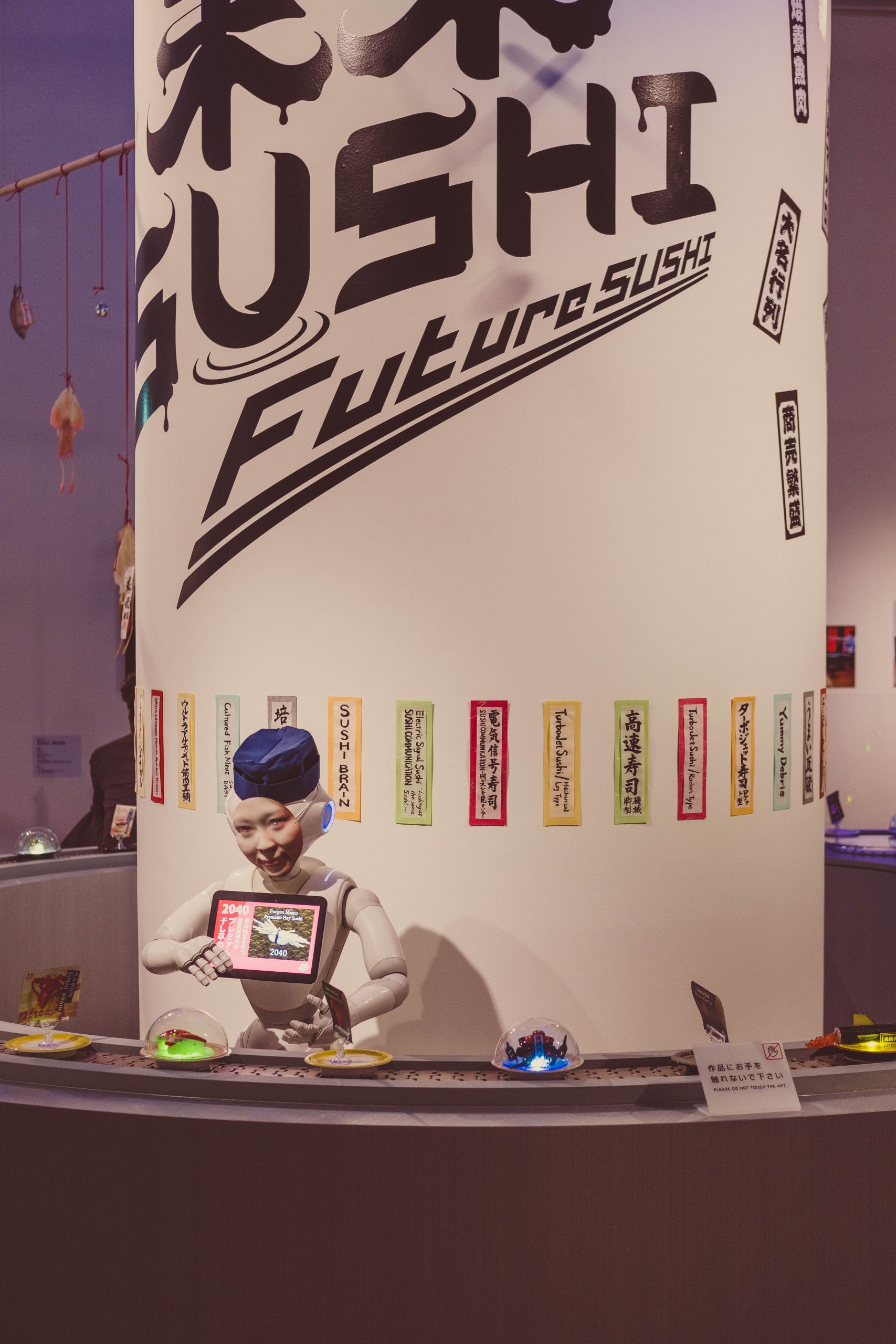
As Roppongi continues to reinvent itself, there are more interesting events held year every year. Both Roppongi Hills and Tokyo Midtown attract residents and tourists with a wealth of events ranging from art exhibitions, galleries, special shopping and themed breakfasts. There is even Full Moon Yoga held on top of the Sky Deck Observatory or a Science Expo at Tokyo Midtown. While there are tons of new events held every month, here are the top special events you should aim to check out when you visit Tokyo.
- Roppongi Art Night – This annual event is a celebration of contemporary art, design, music, and performances, taking place over a single night or weekend. Various venues come alive with immersive installations, live performances, and interactive exhibits. In 2023, the Roppongi art night will take place from May 27 to 28.
- Roppongi Hills Bon Odori Festival – Held annually in late summer, the Roppongi Hills Bon Odori Festival is a traditional Japanese event that features traditional Japanese dance. There are also food stalls offering delicious Tokyo street food, games for kids, and live performances, making it a fun event for everybody.
- Roppongi Hills Christmas Illumination – Every year during the holiday season, Roppongi Hills is transformed into a winter wonderland with dazzling Christmas lights and decorations. The area around the Mohri Garden, Keyakizaka Street, and the Roppongi Hills Arena are full of magical lights.
- Midtown Blossom – Midtown Blossom is a spring event that celebrates the cherry blossom season, usually held from late March to early April. Tokyo Midtown’s garden comes alive with beautiful cherry blossoms, and the area is lit up at night, creating a dreamlike atmosphere. The event also features the “Chandon Blossom Lounge” where you can enjoy a glass of sparkling wine while admiring the blossoms.
- Midtown Christmas illumination – Similar to the Roppongi Hills Christmas Illumination, Tokyo Midtown also hosts its own festive light display. The event typically runs from mid-November to late December.
Where to stay in Roppongi
If you decide to stay in Roppongi, there are plenty of hotel options to suit all budgets. You can splurge and stay in either Grand Hyatt or The Ritz Carlton, but there are also affordable and budget hotels with great amenities and clean rooms.
For a complete breakdown on all important areas in Tokyo and reviews of my favourite hotels, read my where to stay in Tokyo article. I elaborate on different areas and why they are most suitable for your type of travel style and budget.
These are my top favourite hotels in Roppongi, organized by budget:
- Best luxury hotel: Grand Hyatt Tokyo
- Best mid-range hotel: Act Hotel Roppongi
- Best budget hotel: Sotetsu Fresa Inn Tokyo Roppongi
Find your hotel in Tokyo, compare prices and check reviews at Booking.com.
Frequently Asked Questions
What is Roppongi known for?
Roppongi is a district in Minato, Tokyo, Japan, known for its vibrant nightlife, upscale shopping, dining, and entertainment.
Roppongi is particularly popular among foreigners and tourists, with many international bars, clubs, and restaurants. Roppongi Hills and Tokyo Midtown are two prominent commercial complexes in the area, offering luxury shopping, dining, and office spaces.
Roppongi is home to museums and galleries such as the Mori Art Museum, the National Art Center, and the Suntory Museum of Art, making it a hub for contemporary art and culture in Tokyo.
Is Roppongi red light?
While Roppongi is not a designated red-light district like Kabukicho in Shinjuku, it does have some adult-oriented establishments and a reputation for being a bit seedy at parts.
The area is primarily known for its nightlife, with its many clubs, bars, cabarets, hostess bars and strip clubs. As with any entertainment district, it is always a good idea to exercise caution and be aware of your surroundings when visiting Roppongi, especially late at night. Don’t follow any street touts into bars and clubs unless you speak Japanese or have a Japanese guide with you.
Is Roppongi a good area?
Roppongi can be considered a good area and an exciting place to visit for nightlife, shopping, and restaurants. Roppongi is generally safe during the day, but it may have a higher risk of petty crime, scams, and aggressive touts compared to some other parts of Tokyo, particularly in the nightlife and entertainment areas. As with any urban entertainment district, it is always a good idea to stay vigilant, keep an eye on your belongings, and avoid engaging with suspicious individuals, especially if you’re travelling alone.
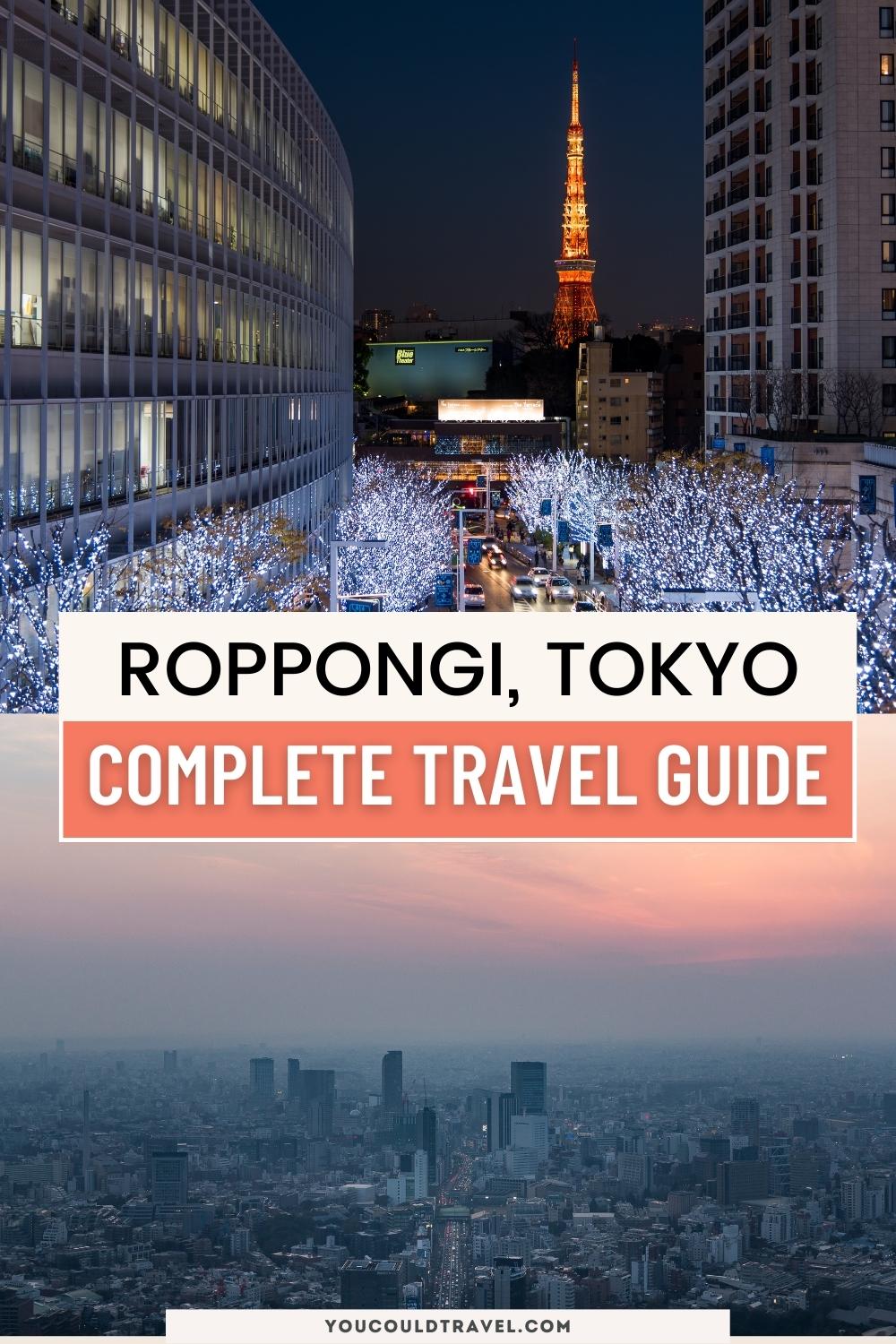
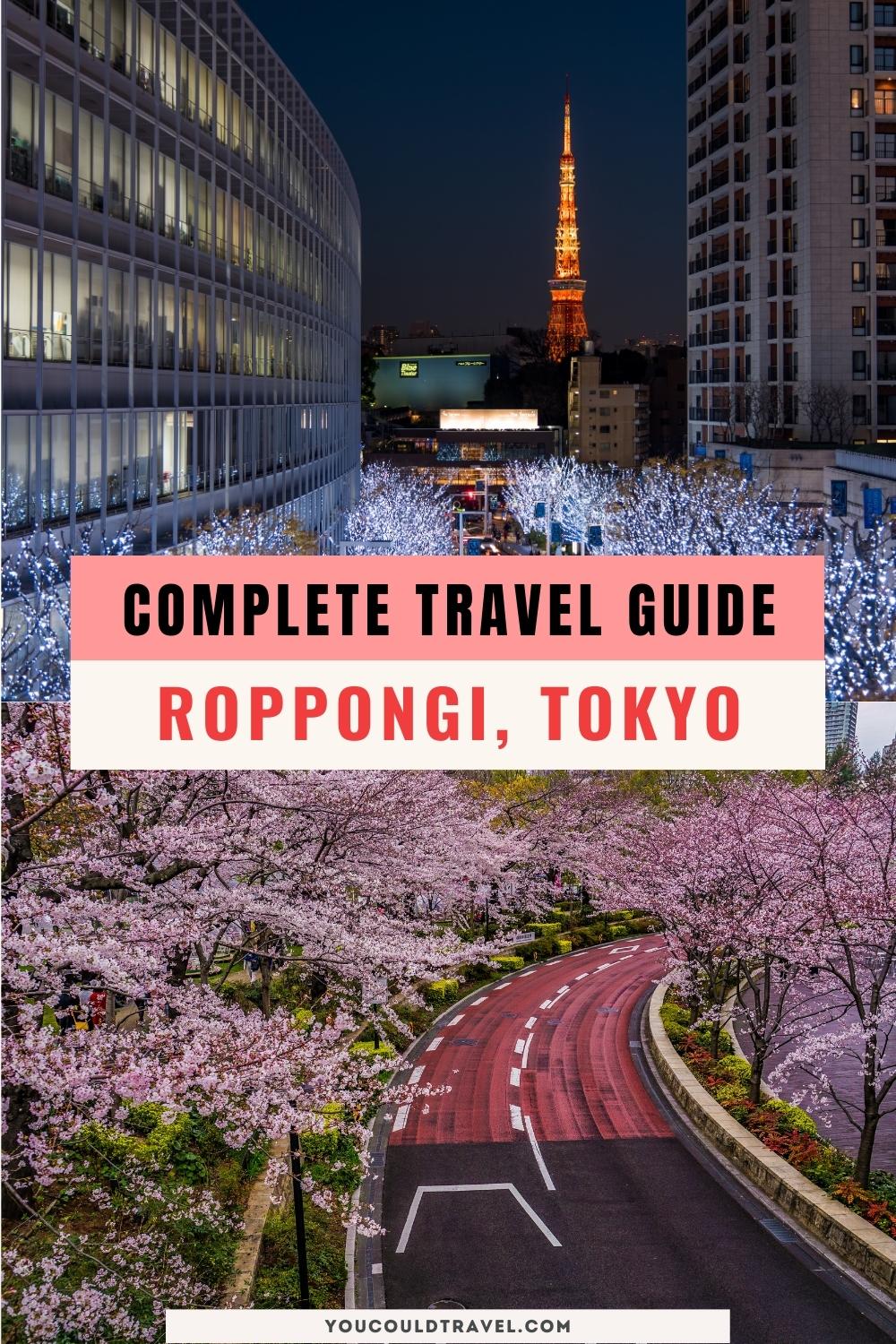

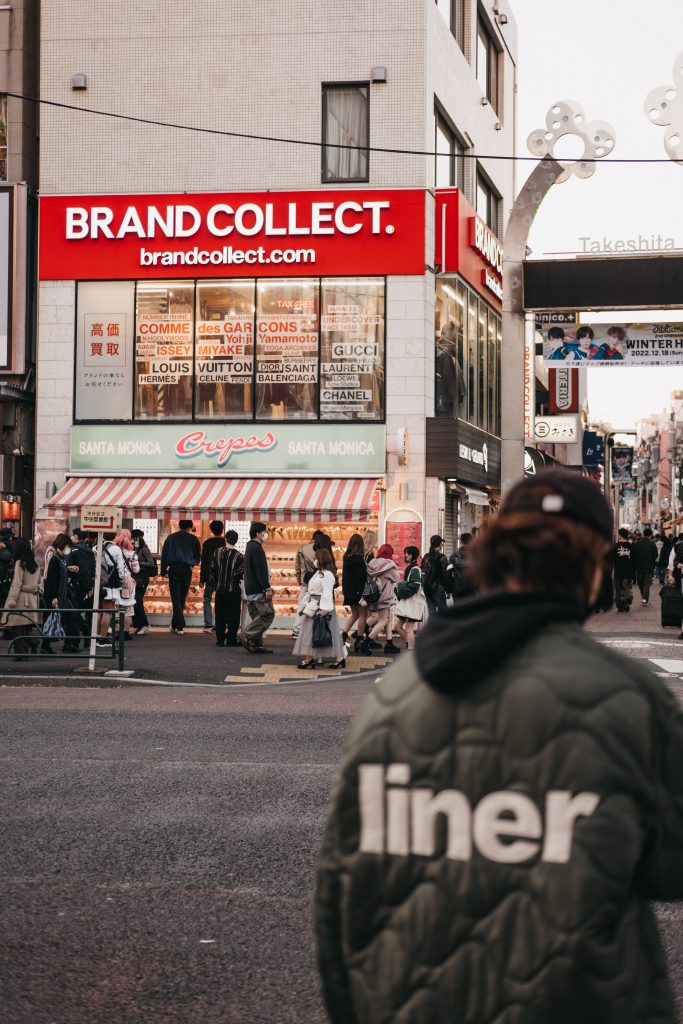
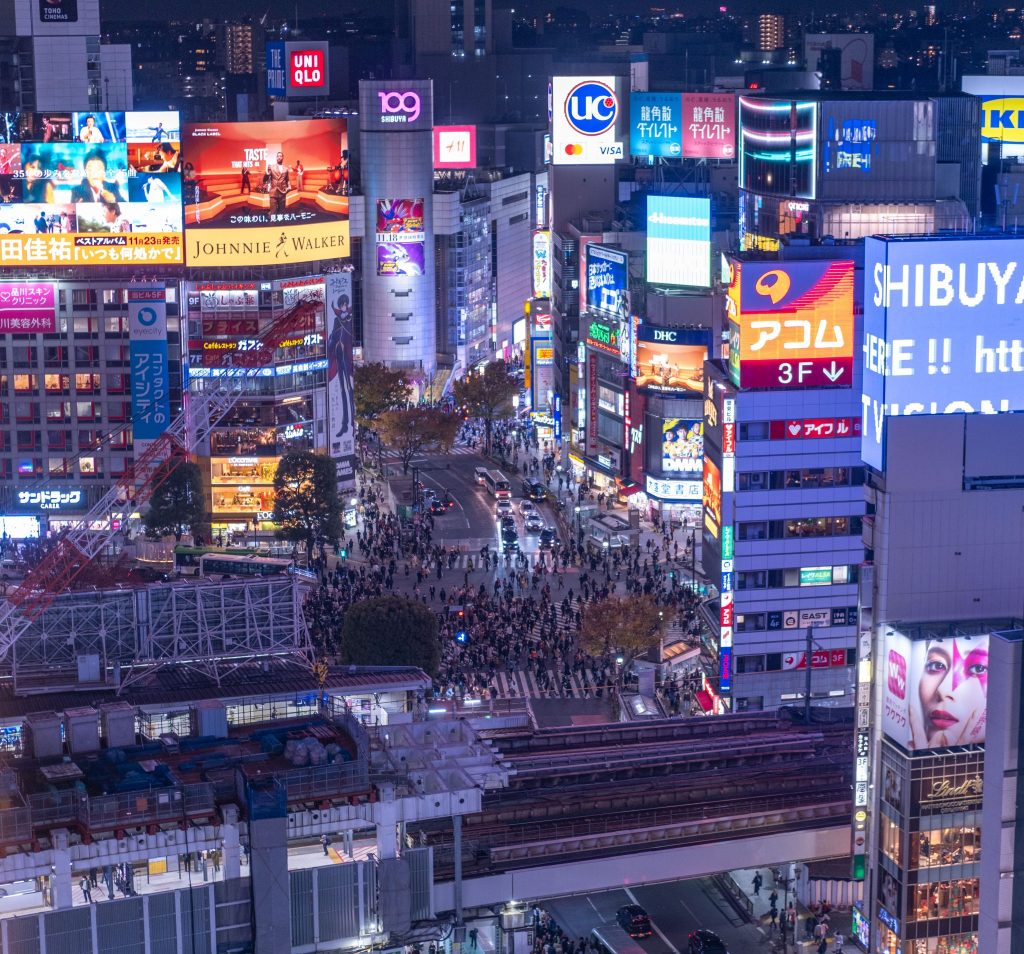
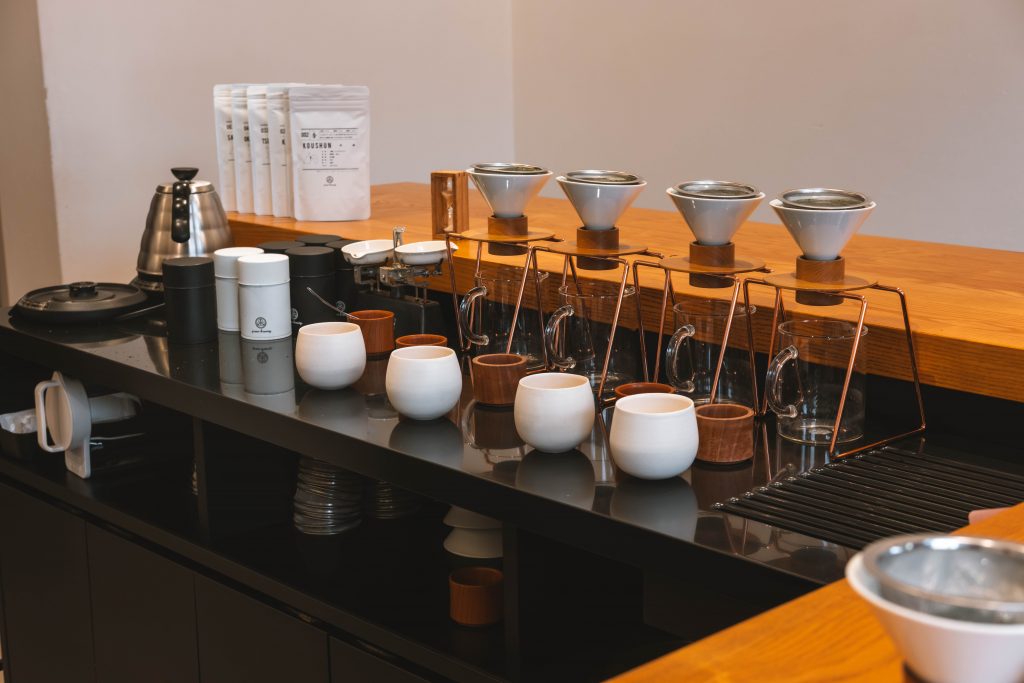
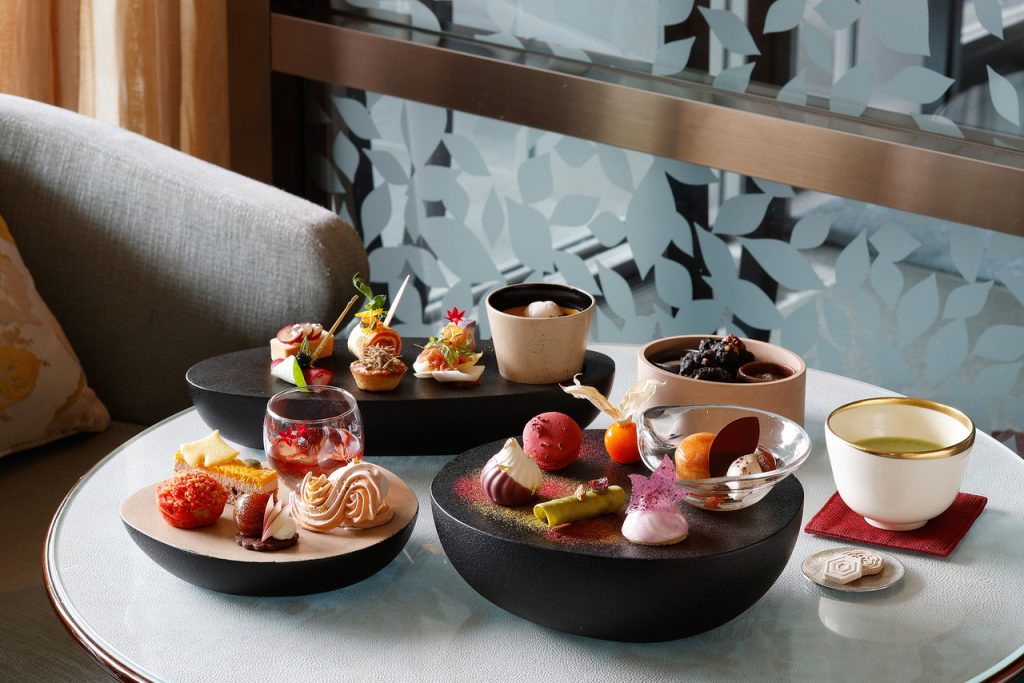
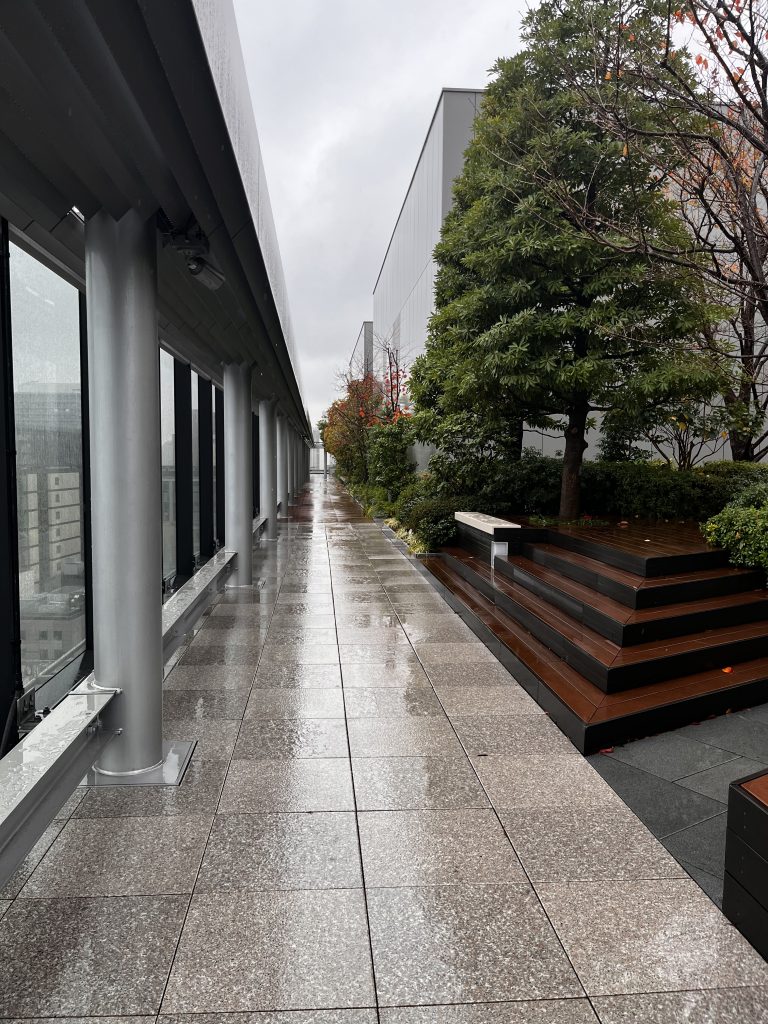
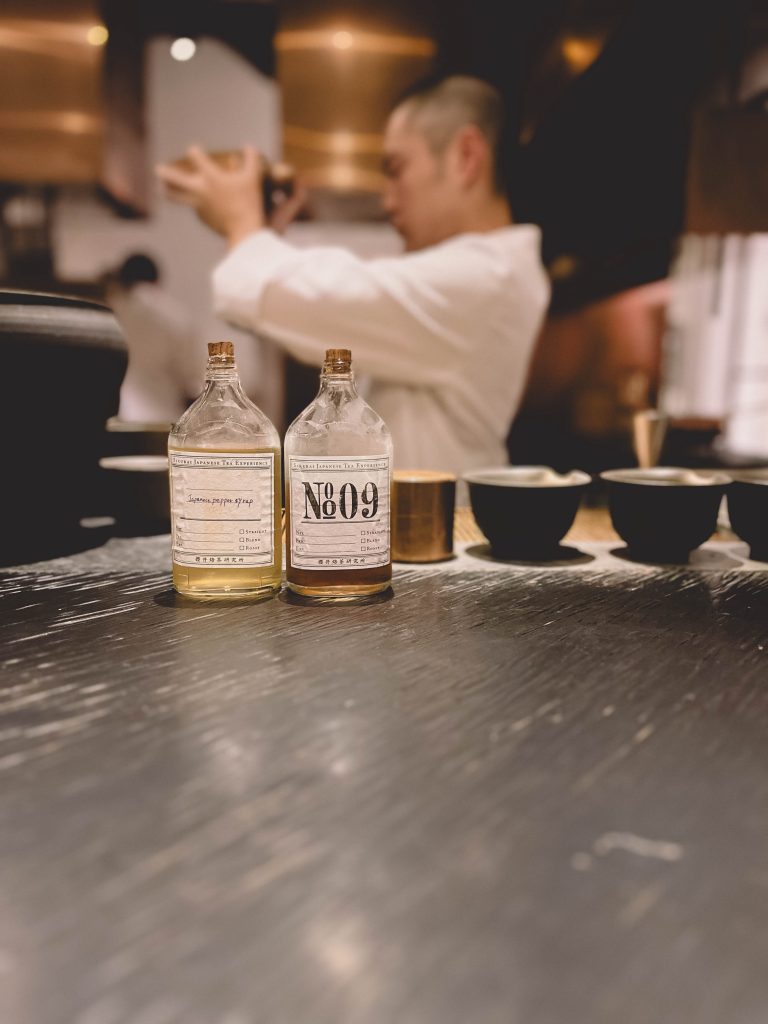


Leave a Reply